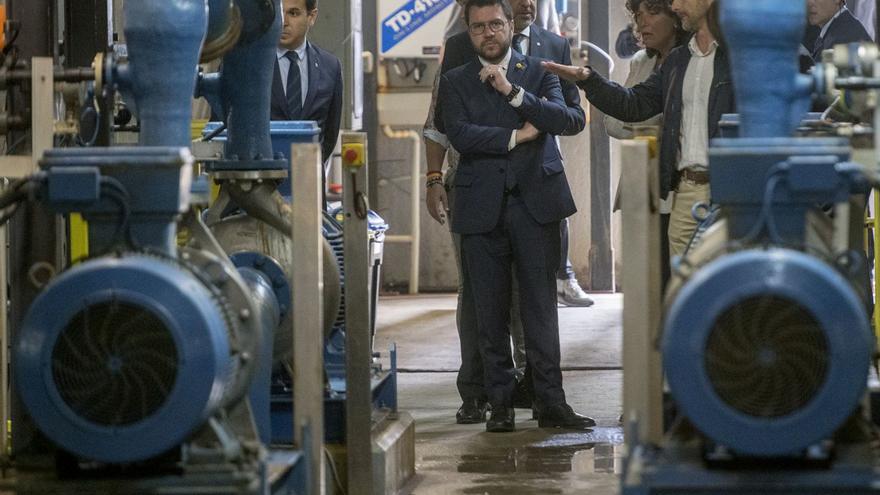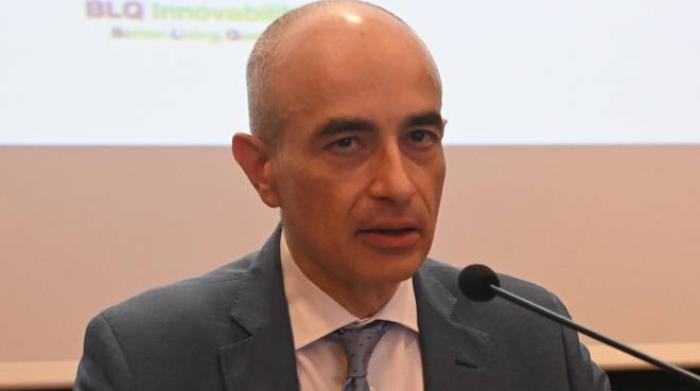The Catalan government intends to double the energy produced by photovoltaic panels in water infrastructure within one year: wastewater treatment plants, desalination plants and water purification plants. Today, these types of plants, necessary to ensure water supply, are far from self-sufficient in renewable energy, but more than half of the energy installed in public buildings in the state is generated in these buildings.
The path is marked. The next steps are to speed this up. “The roofs with the highest number of panels are the ones in these infrastructures, but there is still room to produce more energy,” explains Daniel Pérez, director of the Public Electricity Company of Catalonia. Photovoltaic panels have already been installed at the Ter and Llobregat water treatment plants, at the Trinitat treatment plant, at the Prat de Llobregat desalination plant, and at the Masquefa, Grav and Granollers municipal reservoirs. In total, through these hydro buildings, a maximum of eight megawatts can be reached.
In the coming months, new panels will be added to the Cardedeu and Abrera water treatment plants, to the Arenys de Munt, La Roca del Vallès and Rubí reservoirs, and to the Blanes desalination plant. Thus, 15 megawatts will be exceeded, and more than 10% of the energy consumed will be covered by renewable energy sources.
These investments are in addition to the treatment plant facilities plan, which expects to invest $159 million over 10 years so that these plants will generate solar energy and biogas and improve the efficiency of the treatment plants.
In recent days, it has been considered whether there will be enough capacity to cover the demand for drought-fighting infrastructure. “Desalination plants, water treatment plants, and water treatment plants consume large amounts of electricity, and it is important that they have clean energy,” Perez says. “This infrastructure can reduce our electricity bill by 30%, and it could also reduce what we pay at home for water,” he adds.
“Since these plants operate continuously, there may be a situation where the desalination plant benefits from the institute's photovoltaic panels during July and August. We have to take these kinds of variables into account,” explains Pérez.
Completion is still far away
L'Energetica's ultimate goal is to cover 100% of Catalonia's public electricity demand and ensure that all government buildings are self-sufficient. This goal is still a long way off, but installing solar panels in infrastructure focused on water production and treatment is moving in this direction.
Not all the energy needed by desalination plants or wastewater treatment plants can be extracted from rooftops. But there are other alternatives: “We could take advantage of other public roofs nearby or use energy from a nearby solar park.” So far, the public energy company does not have any solar parks, but it has already identified various abandoned lands where they could be built.

“Infuriatingly humble social media buff. Twitter advocate. Writer. Internet nerd.”



